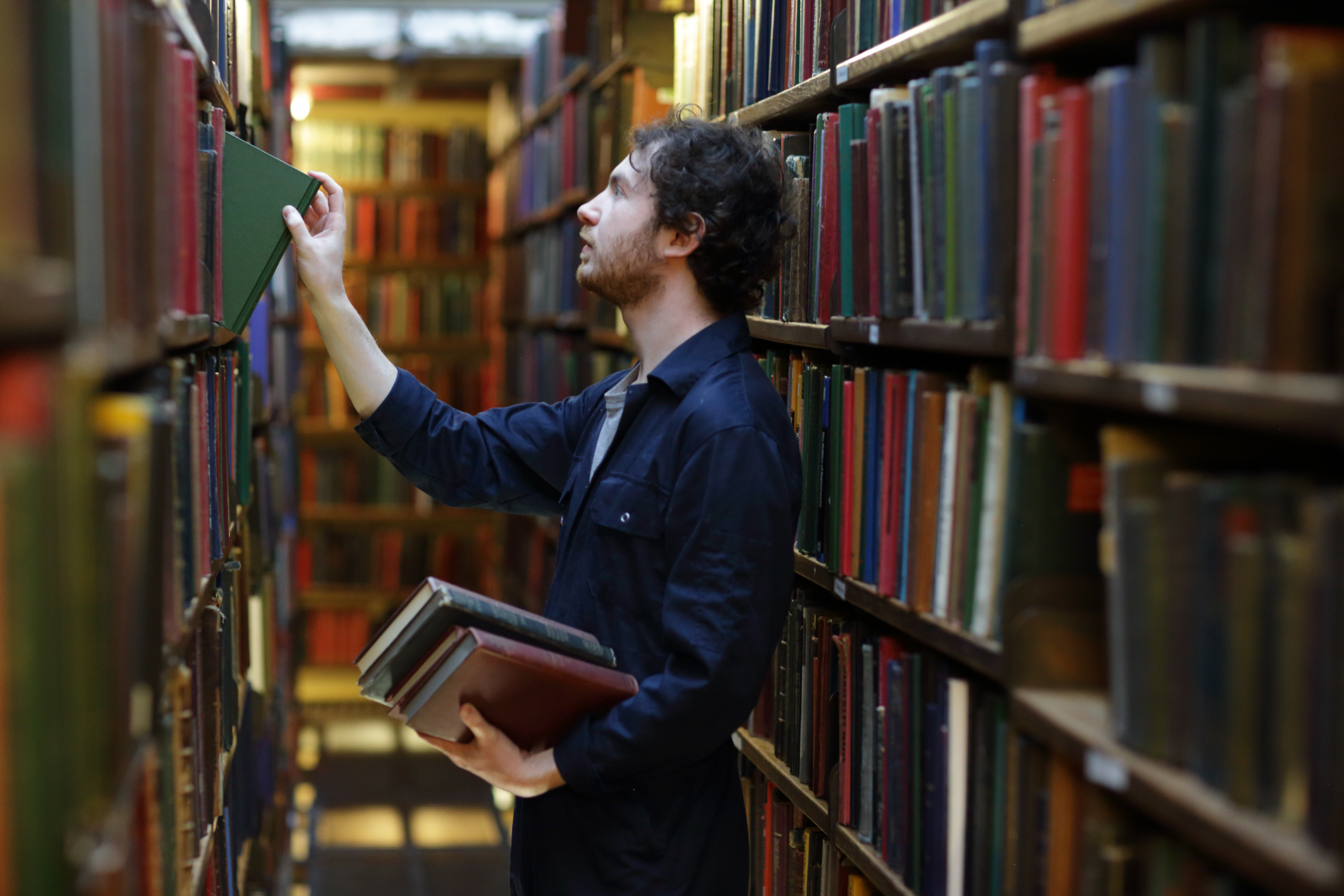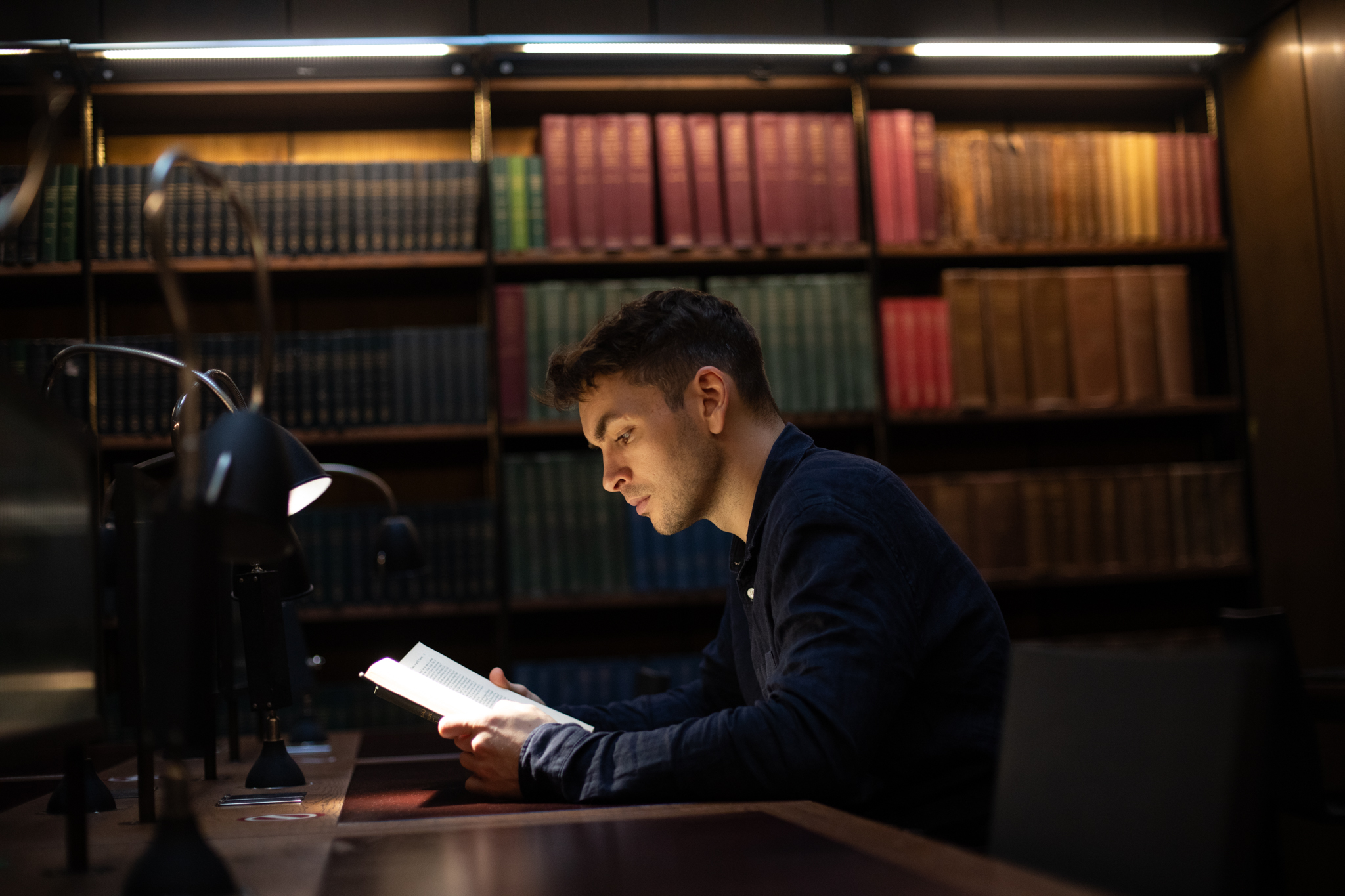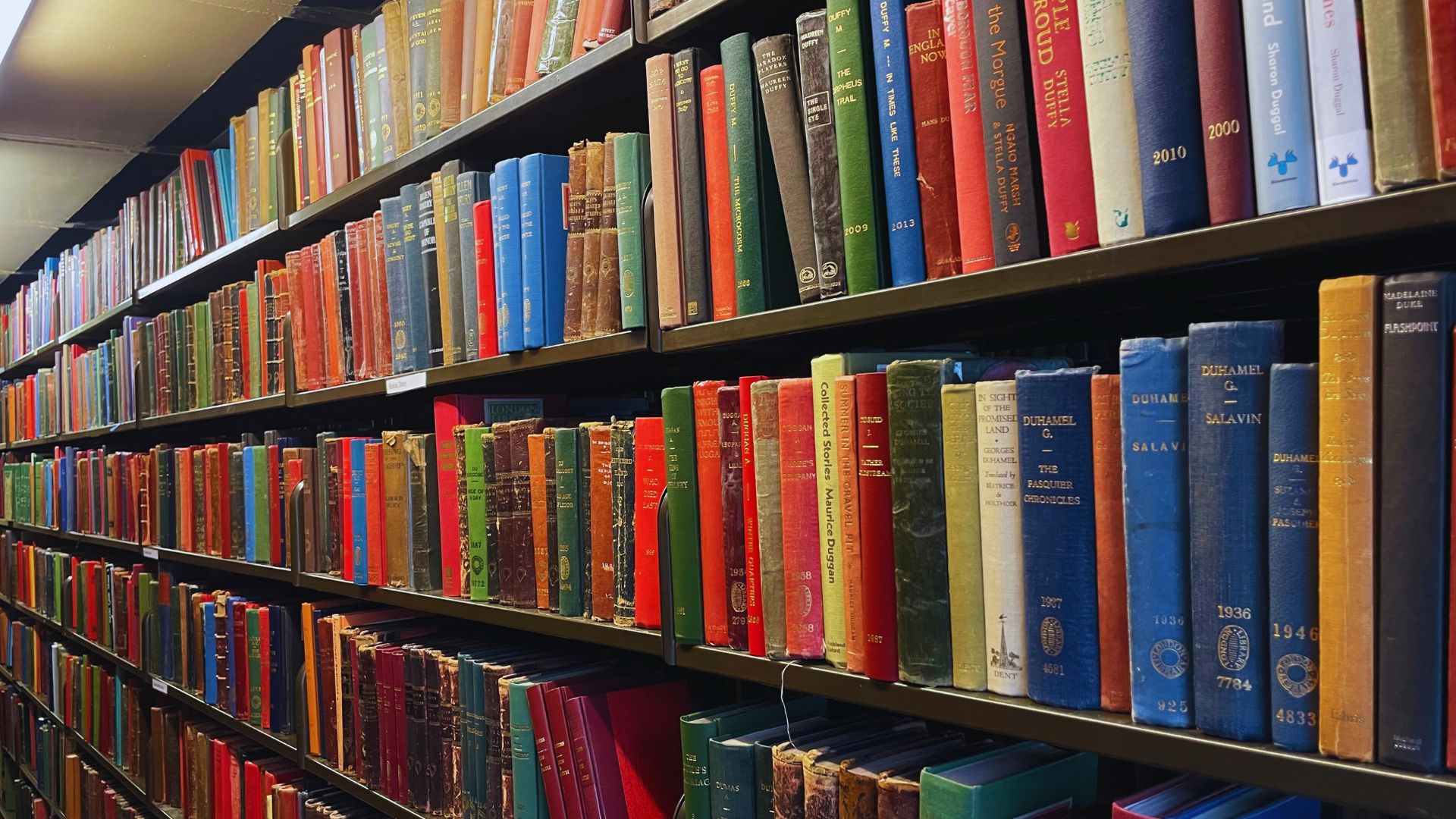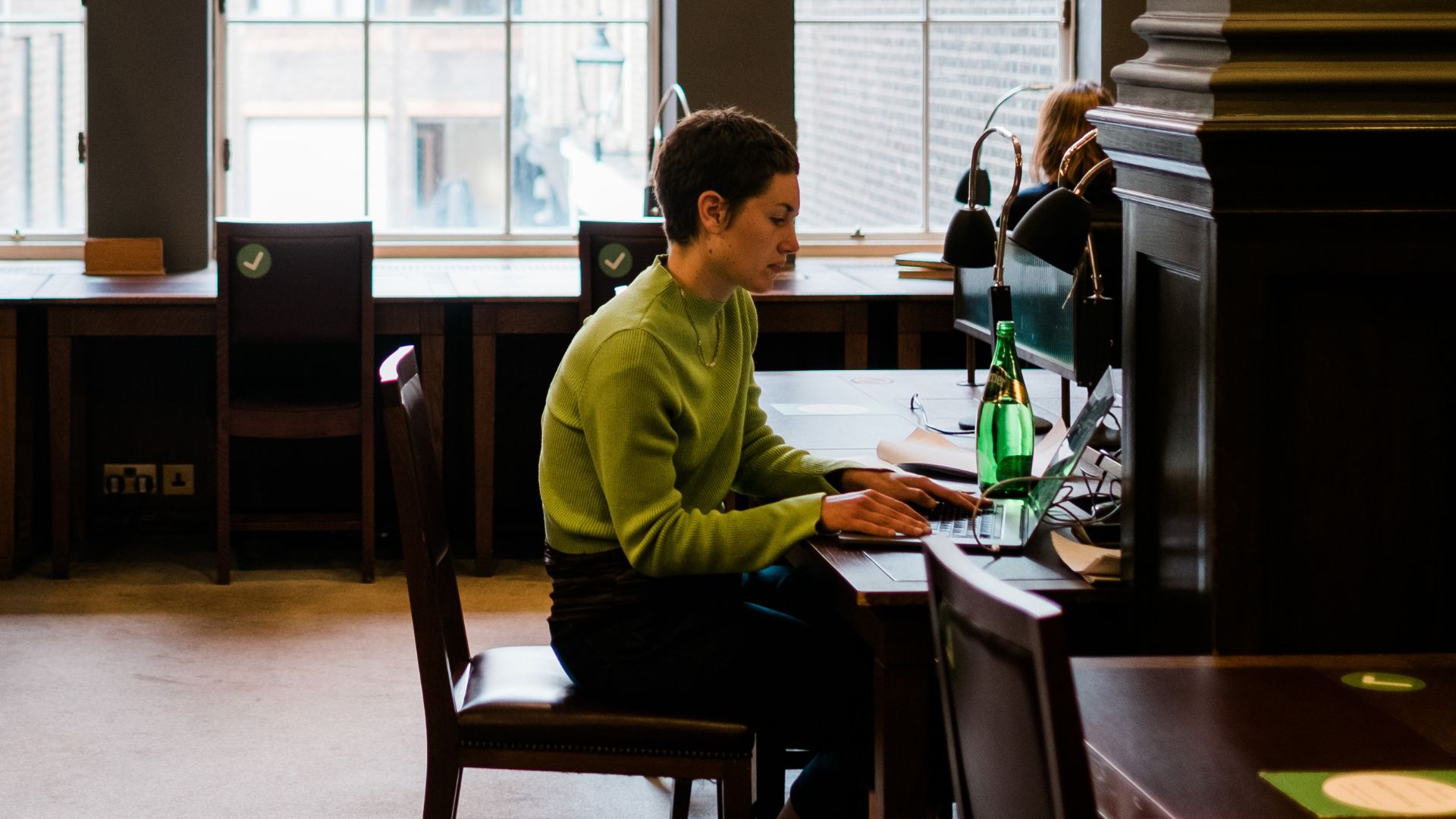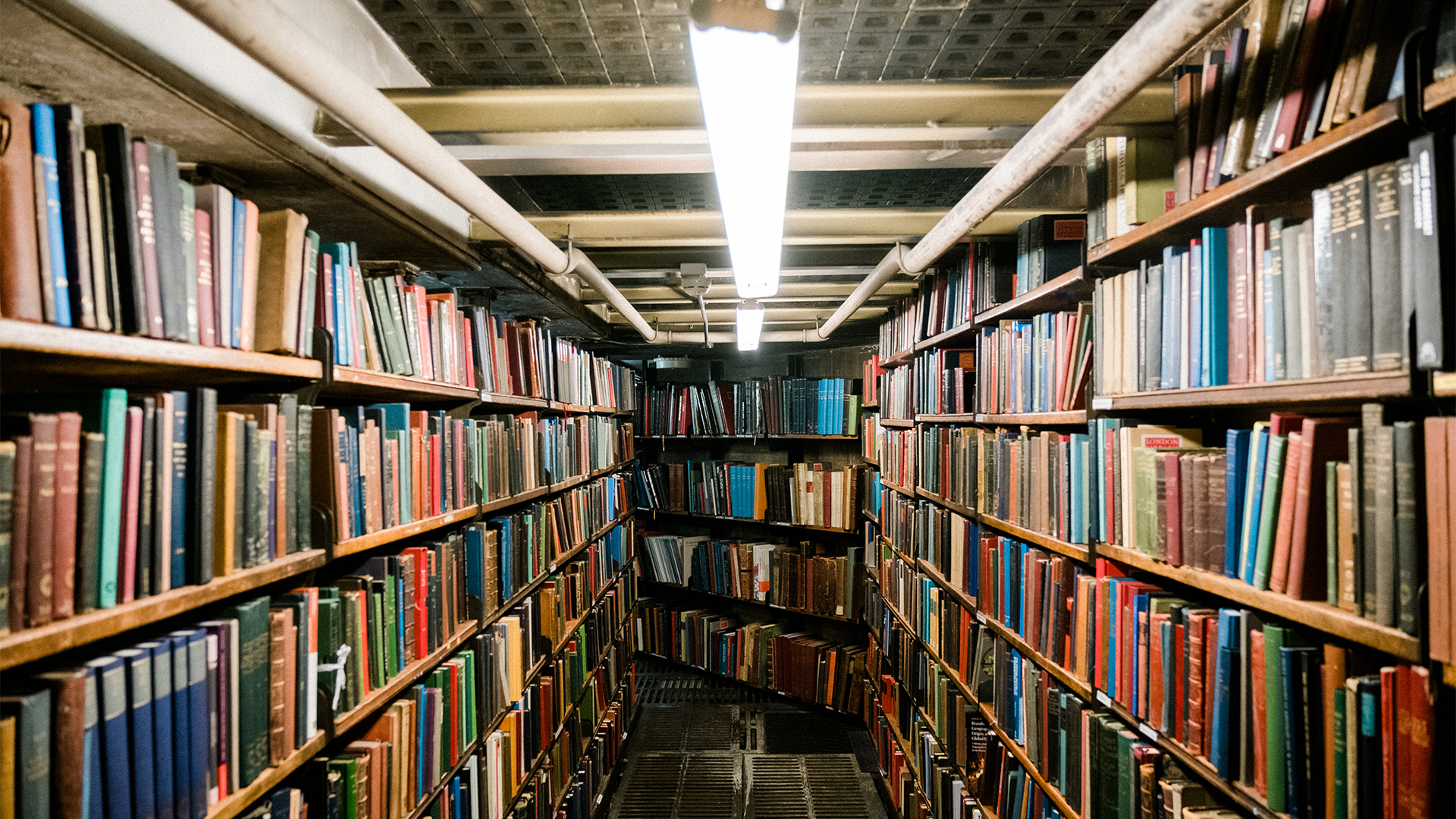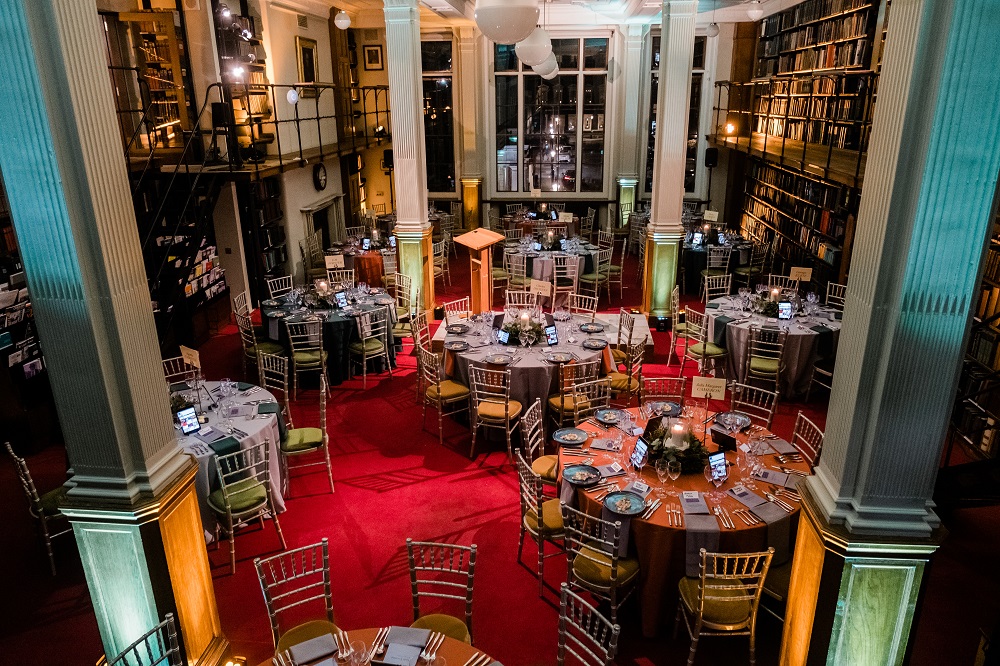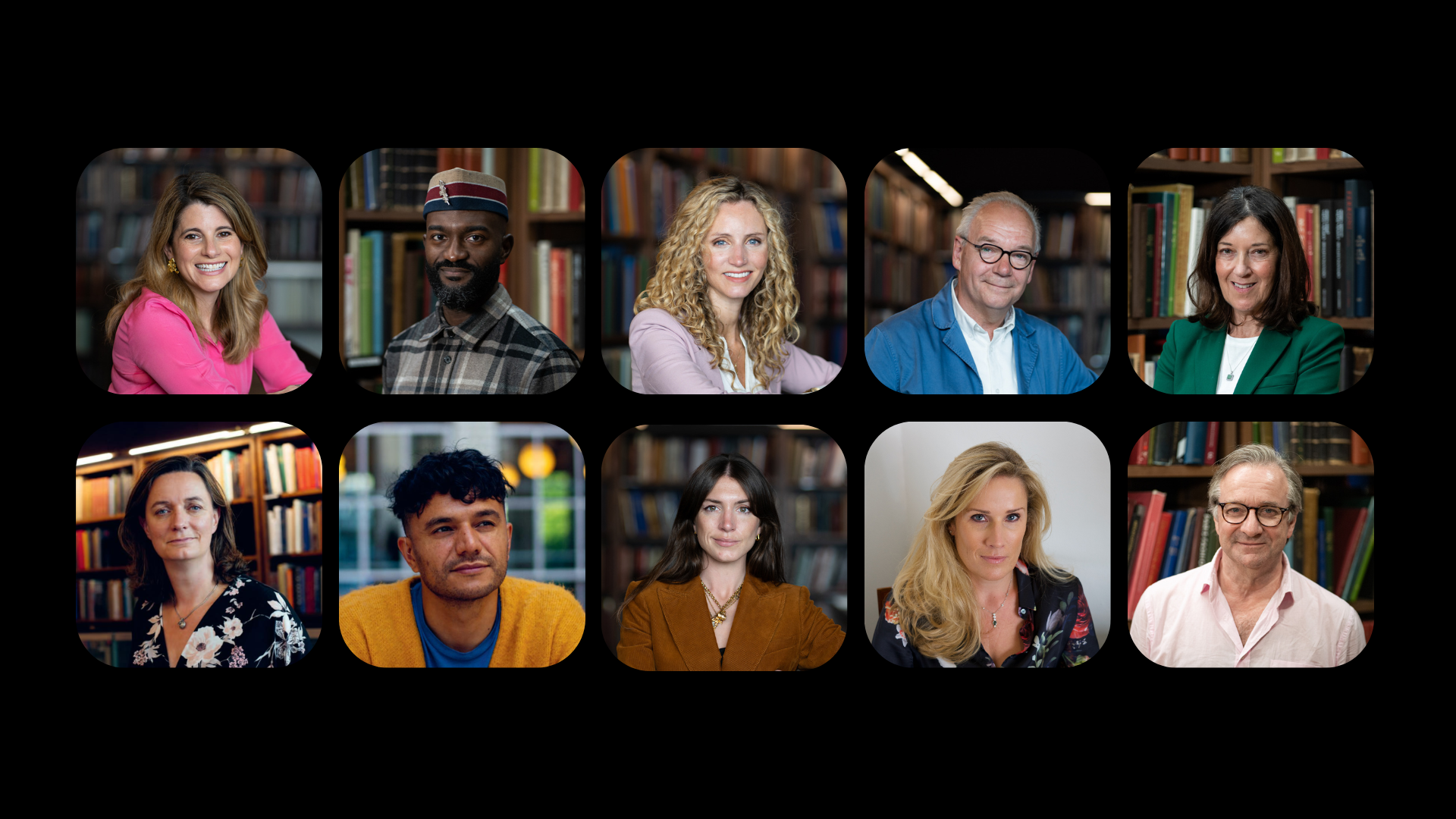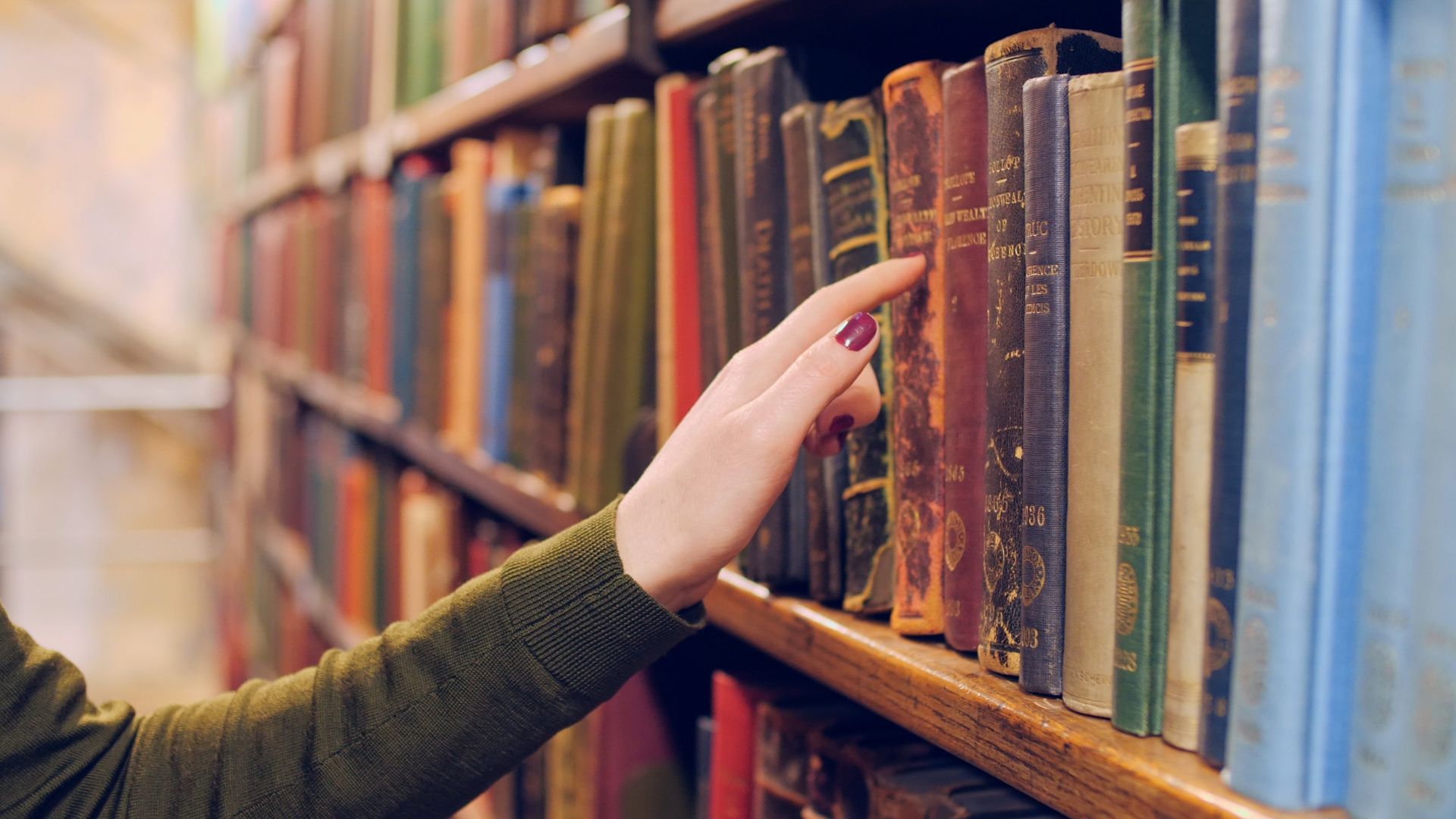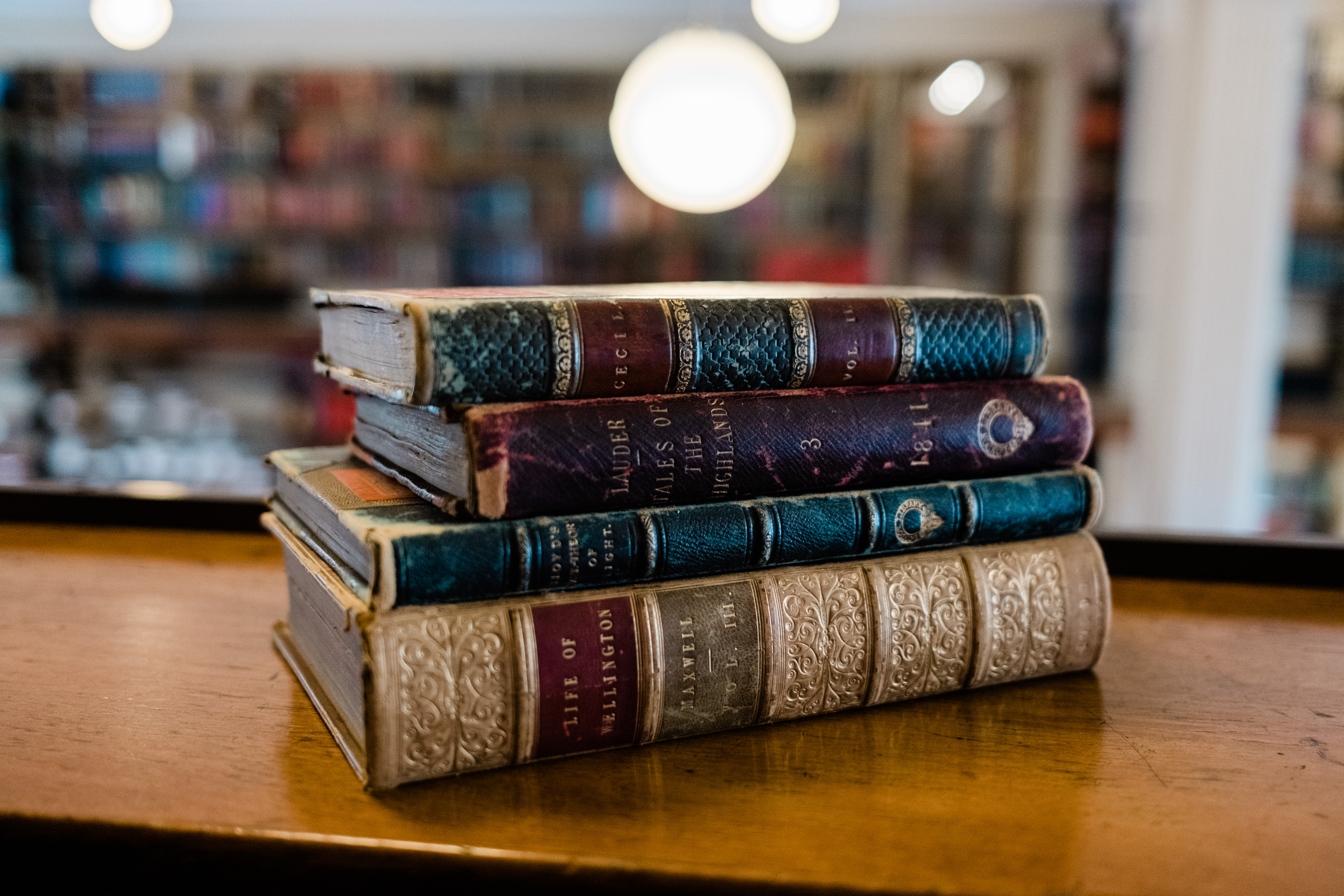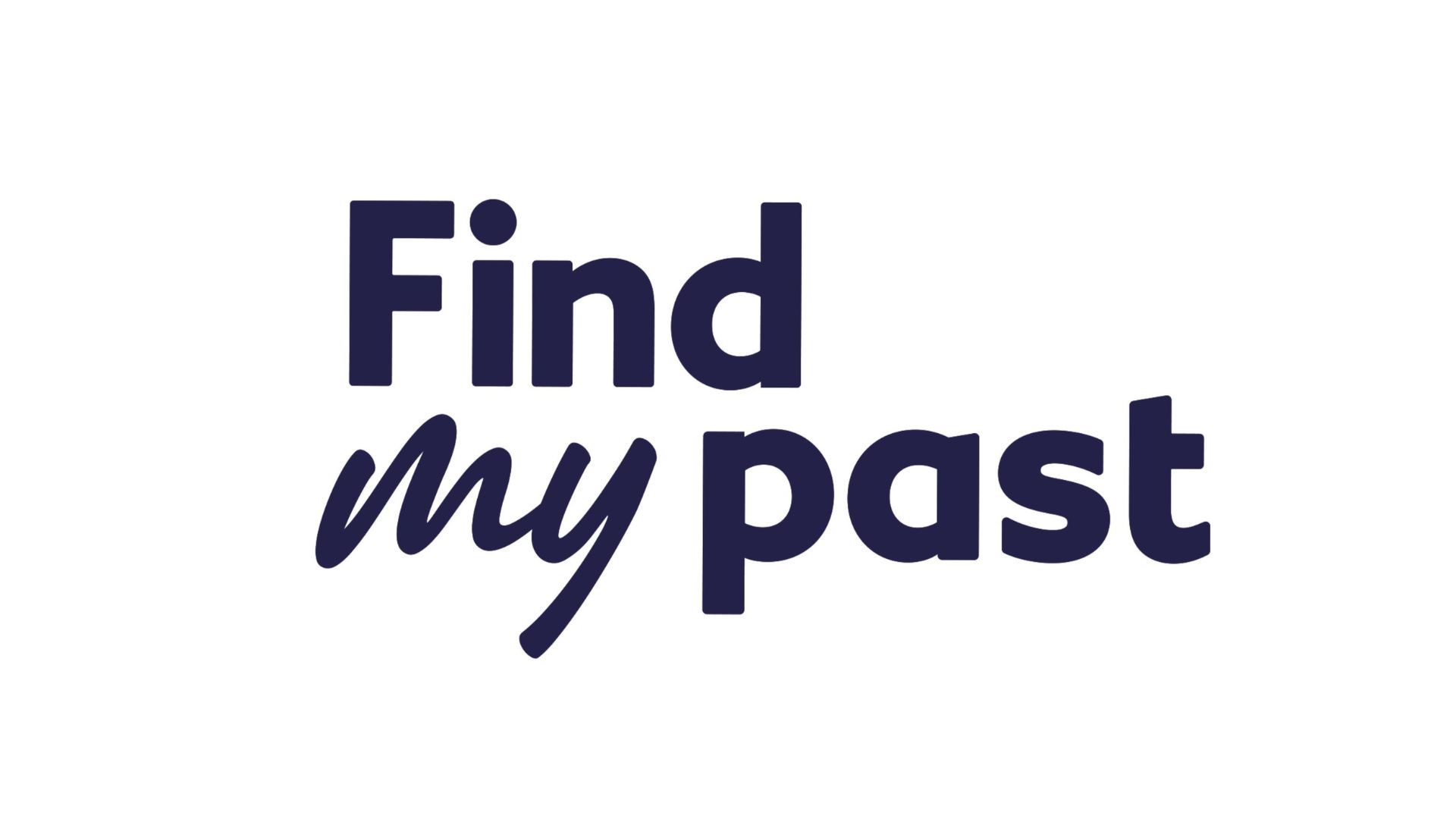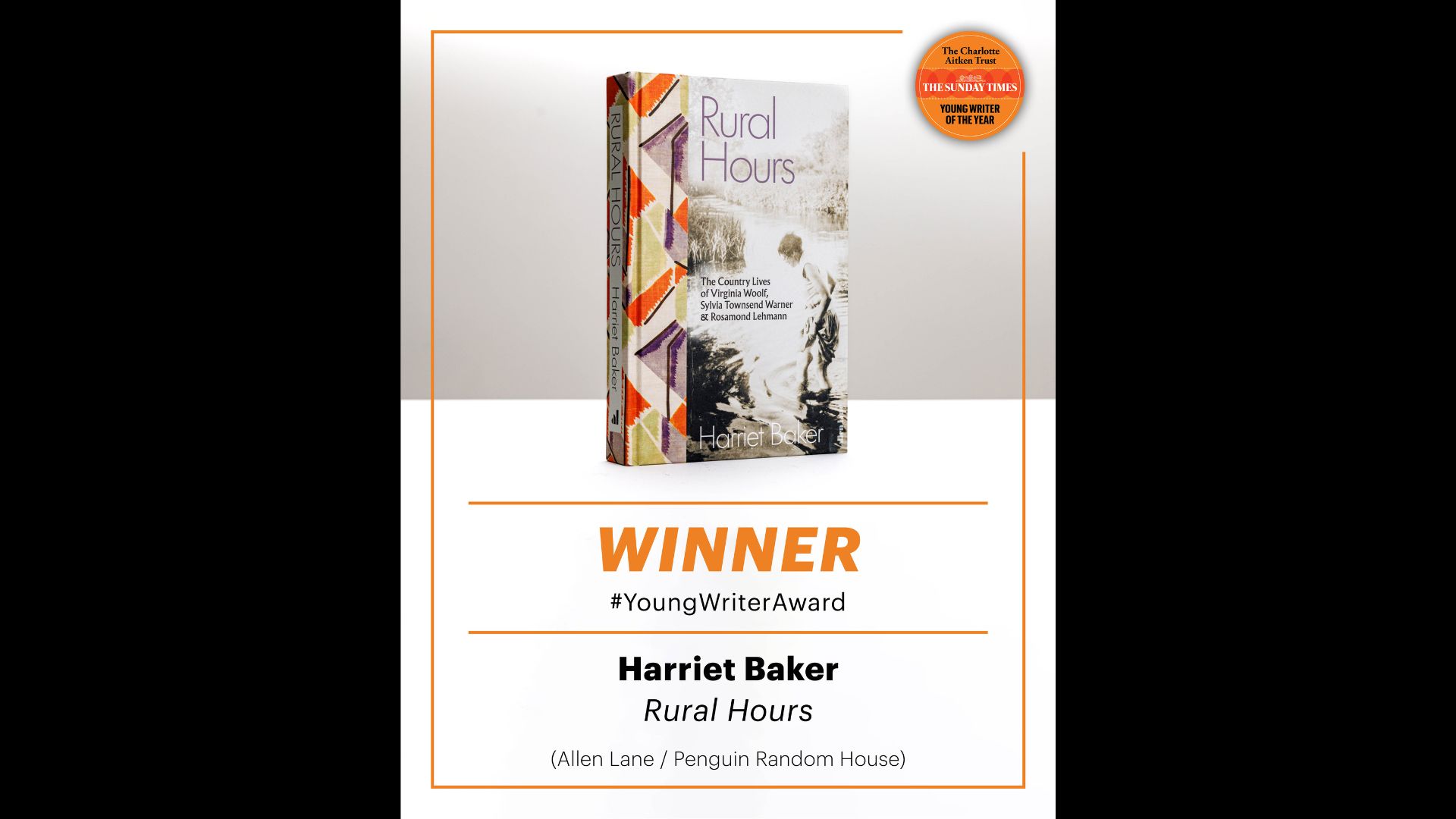Conservation and Restoration student Jo Berzins has just completed a 10 week work placement with The London Library’s Collection Care department. As her time at the Library drew to a close we caught up with her to talk about her experiences.
What inspired you to come to the London Library?
I’m studying for a BA in Conservation and Restoration at the University of Lincoln, and as part of my studies I needed to undertake a work placement in a conservation department. Although my course is mainly to do with objects (such as ceramics, wood and metalwork) I have a real passion for books. When my tutor suggested The London Library, I knew this was where I wanted to come. I was attracted by the prestige of the institution, as well as the opportunity to have one-to-one guidance and instruction from Rachel, the Library’s Conservator.
Did you have any experience of book conservation before you came here?
I first became interested in book conservation when I was Custodian of Lamport Hall in Northamptonshire. While I was there, I carried out a major cleaning project on the Hall’s historic library collections. It was hard work, but I was very proud of my achievement. I even got a two-page feature in the local paper!
Since starting my BA course I’ve undertaken a very short project on conserving a pamphlet, but other than that book conservation was a new world for me.
What were your first impressions of the Library?
I felt awestruck when I first arrived. The building had more original features that I’d imagined and I was impressed by the quiet and studious ambience of the Reading Room. I was also taken aback by the scale of the Library and its collections. I had two or three orientation tours of the Library that first day, which left me feeling quite exhausted and had my head spinning!
My first task in the Conservation Studio was to learn how to make a book box. Frances, the Library’s Preservation Assistant, was a great teacher. The atmosphere in the Collection Care department was wonderful. Everyone was really friendly and welcoming.
Tell us about the project you have been working on during your internship
I’ve been working on the Library’s holdings of The Lady magazine, which cover 1885 through to 1985. I had to draw up a survey of all the volumes to show which repairs would be needed, and once that was completed I got on with implementing the treatments. It has been a fabulous project and I’ve enjoyed looking through the magazines while I’ve been working on them. It made me smile to find a small feature on bookbinding as an ideal handicraft for the genteel lady at home! I found lots of wonderful adverts too, from shoes to hair tonic.
Some of the books were in fairly poor repair. There were quite a few broken headcaps to be repaired, and some of the spines were completely detached. Where the bookcloth covering had abraded, often at the corners, layers of book board had started to come apart or ‘delaminate’.
I’ve learnt so much through working on this project. I now know how to attach spines, insert pages, and even sew sections of a book together on a wooden frame. I’ve had a lot of practice in repairing tears. All the treatments I’ve done have used archival quality materials and where possible, have been in keeping with the book. For example, where I’ve needed to repair bindings with special lightweight linen, I’ve toned this to match the colour of the original binding.
Has anything surprised you?
Before I started my internship, I hadn’t realised how long each repair can take. You can be working on one volume, another thing will be drying so that you can carry out a further process on it, and you can easily find yourself with four or five books on the go at once! I soon realised I had to slow down and be patient, and found that if you take one step at a time you get a better result.
Has there been anything you’ve found difficult?
So much has been new to me, so of course I have needed guidance as I’ve undertaken different kinds of treatment for the first time. Rachel, the Library’s Conservator, has taken the time to demonstrate and explain each repair to me really clearly and she has also shared some of the tricks of the trade that help her to get a great finish.
Not long into the project, I realised that I needed to learn more about how books are made so that I could make the right decisions about how to repair them. The Library arranged for me to visit a commercial bindery to find out more. It was a fascinating day. The binder walked me through every stage of the bookbinding process and it was reassuring to find that some of the binding repairs I had found fiddly were also considered difficult by the professionals!
How would you sum up your time at the Library?
I’ve absolutely loved it, every minute of it. Would I recommend a placement to other conservation students? Definitely!


